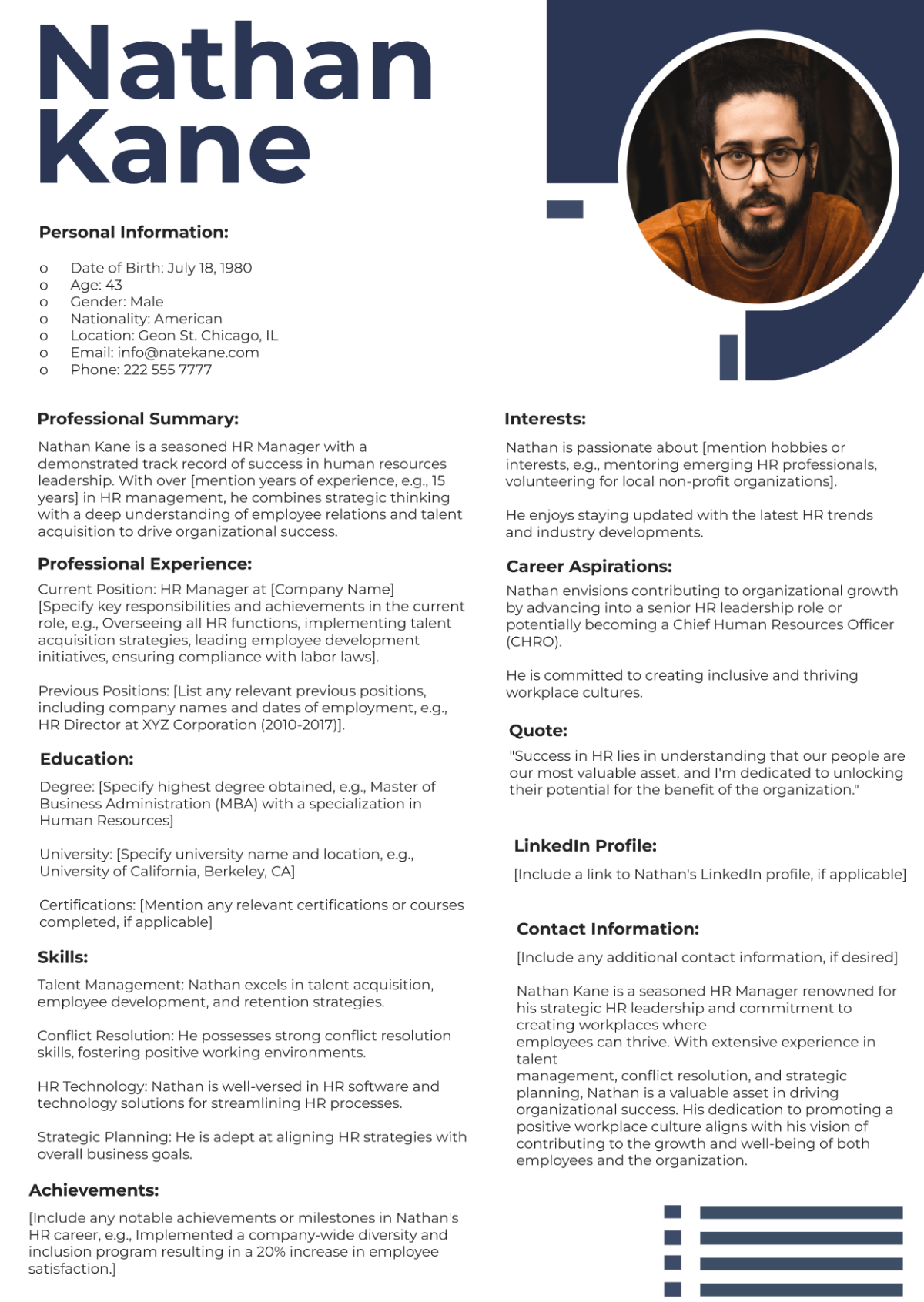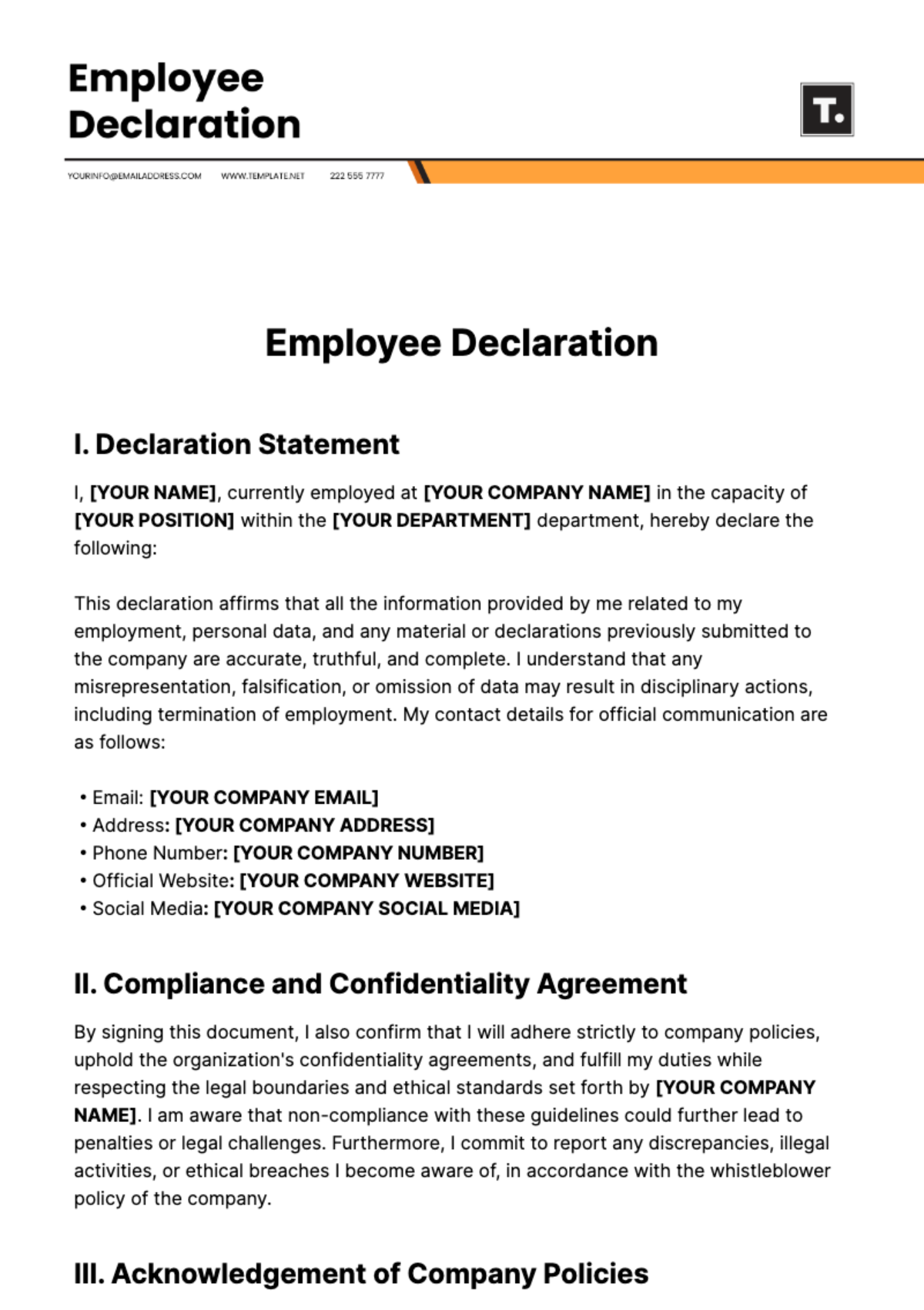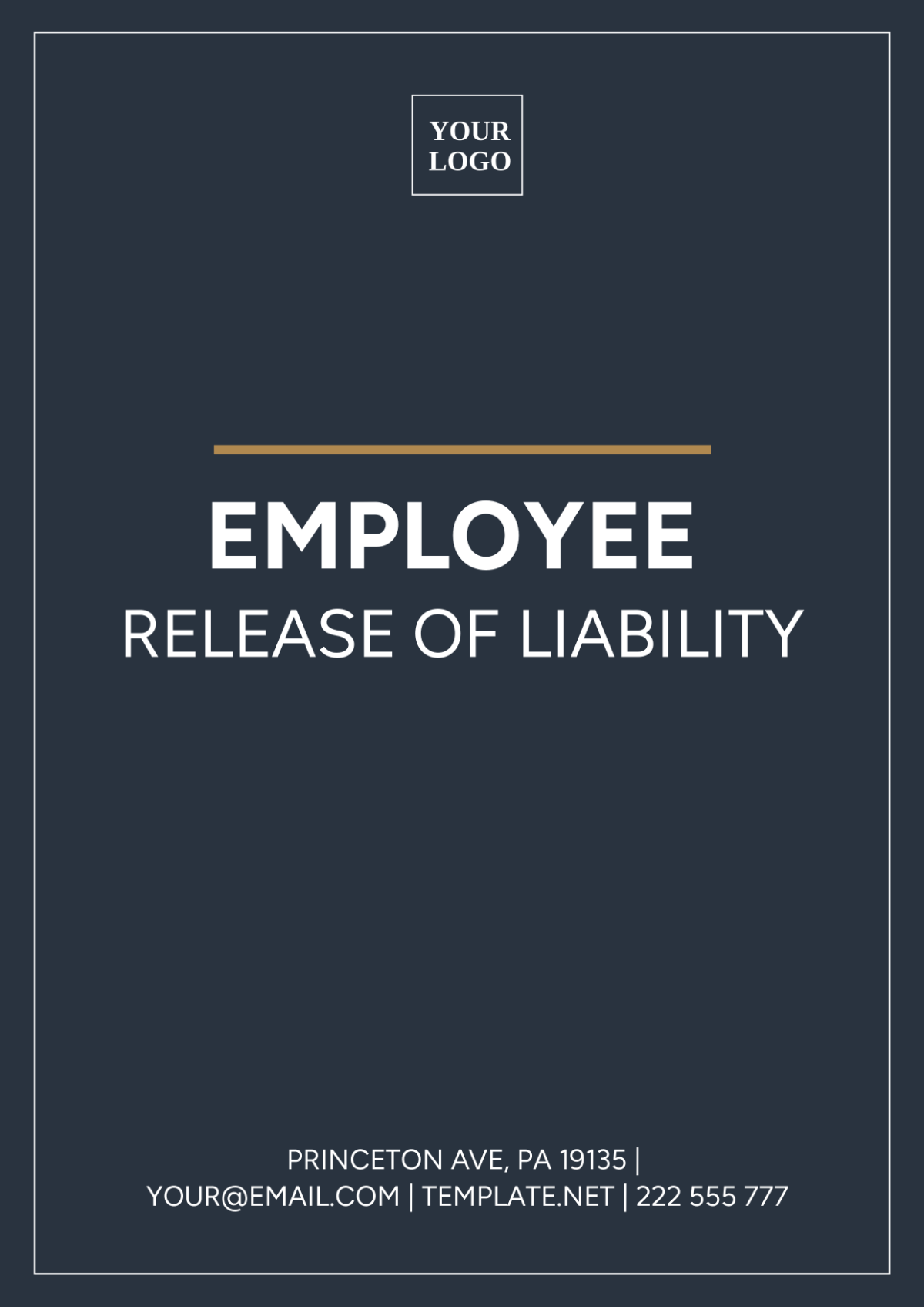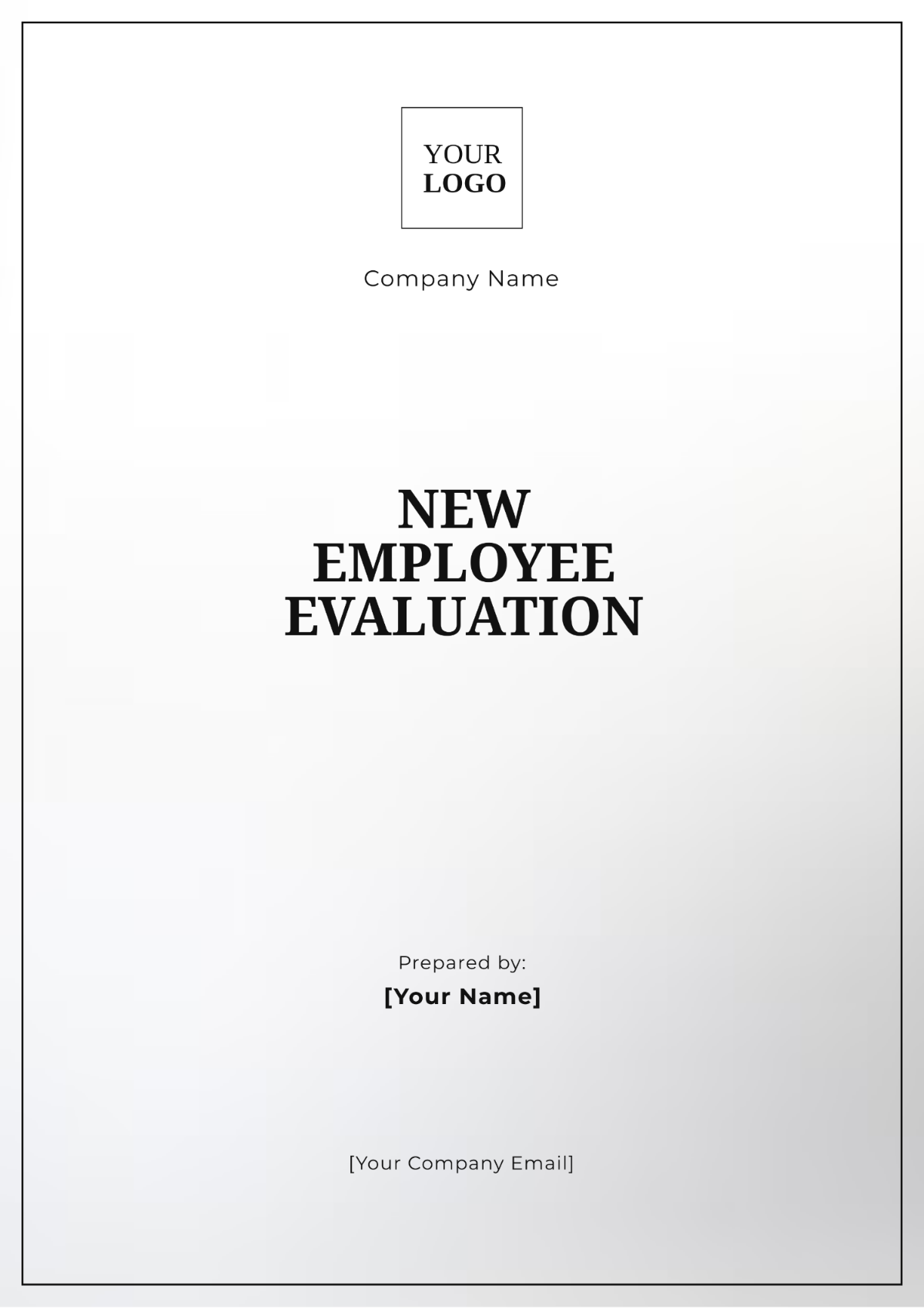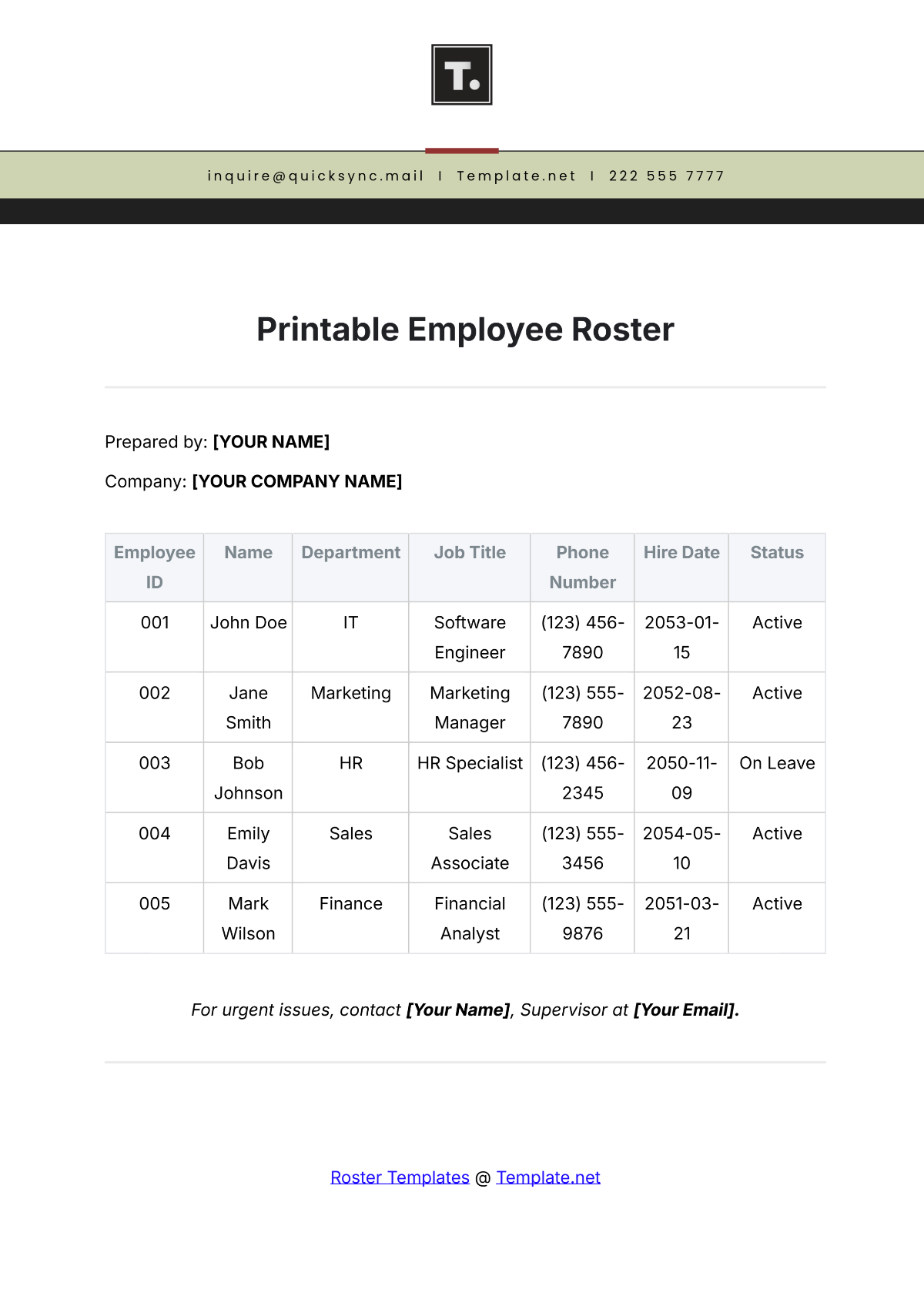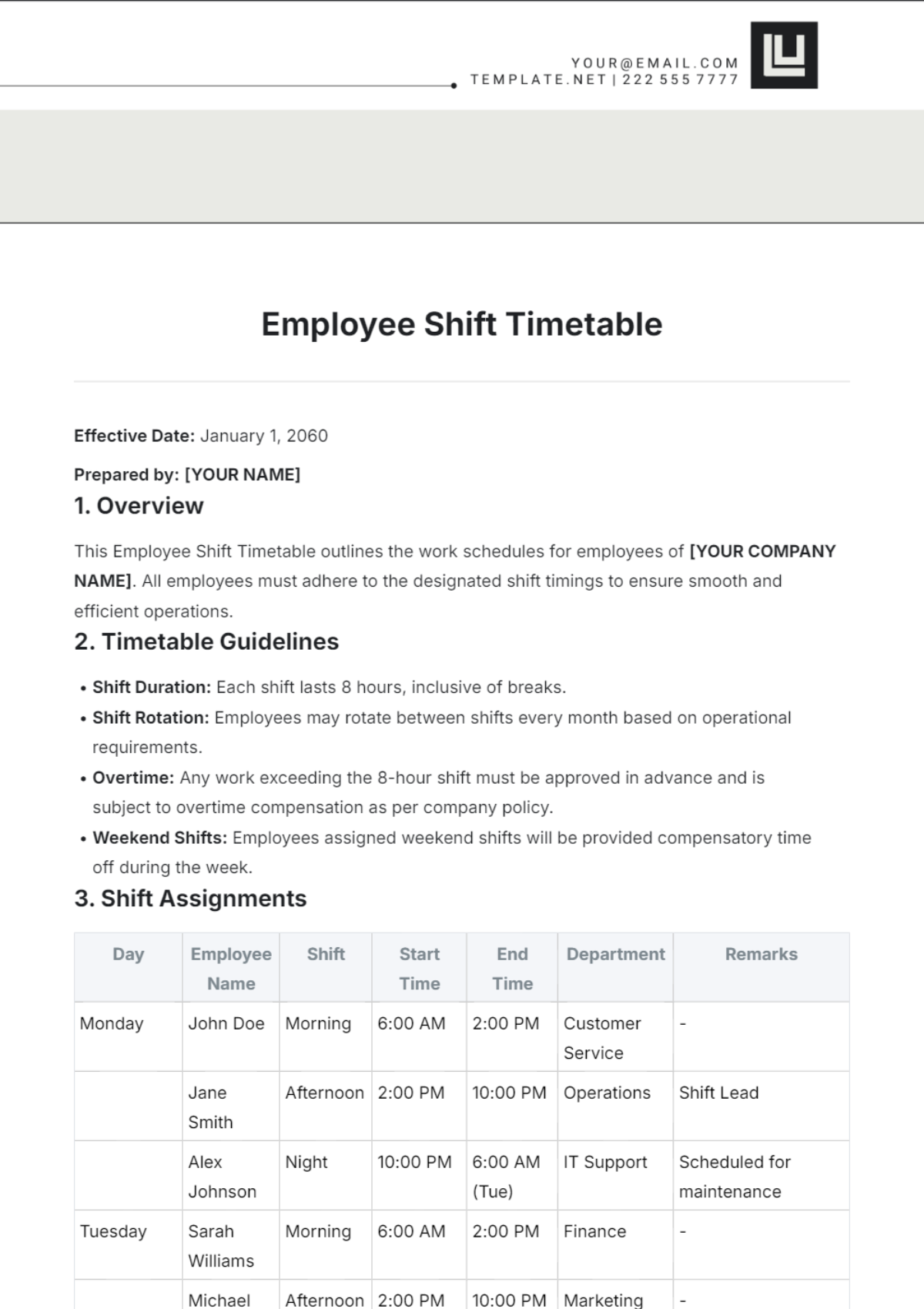Cleaning Services Employee Offboarding and Exit Interviews Procedure
I. Introduction
A. Purpose and Significance
The offboarding process for Cleaning Services employees is a crucial aspect of [Your Company Name]'s human resources management strategy. It serves multiple purposes, including:
a. Ensuring a smooth transition for departing employees, minimizing disruption to ongoing operations.
b. Facilitating the return of company property and assets, ensuring accountability and compliance with company policies.
c. Providing an opportunity to gather valuable feedback through exit interviews, which can be used to improve employee satisfaction, retention, and overall organizational effectiveness.
Effective offboarding is essential not only for the departing employee's experience but also for maintaining positive relationships with remaining staff, preserving the company's reputation, and enhancing employer branding in the marketplace.
By implementing a structured and comprehensive offboarding process, [Your Company Name] demonstrates its commitment to treating employees with respect and dignity throughout their entire employment lifecycle, from onboarding to departure.
B. Importance of Offboarding Procedures
Offboarding procedures play a critical role in:
a. Mitigating Risks: Properly managing the offboarding process reduces the risk of data breaches, intellectual property theft, and other security concerns associated with departing employees.
b. Legal Compliance: Ensuring compliance with relevant employment laws and regulations, such as providing final pay and benefits information in accordance with local labor laws.
c. Knowledge Transfer: Facilitating knowledge transfer from departing employees to their successors or colleagues, minimizing knowledge gaps and preserving institutional knowledge.
d. Employee Engagement: Demonstrating care and concern for departing employees' well-being fosters a positive employer-employee relationship, even after they leave the organization.
Moreover, conducting exit interviews as part of the offboarding process enables [Your Company Name] to:
a. Identify underlying reasons for employee turnover, such as dissatisfaction with job responsibilities, management, or company culture.
b. Gather constructive feedback and actionable insights for improving organizational processes, policies, and practices.
c. Benchmark against industry standards and competitors, allowing [Your Company Name] to remain competitive in attracting and retaining top talent in the Cleaning Services industry.
II. Offboarding Procedures for Cleaning Services Employees
A. Notification and Coordination
Upon receiving notice of an employee's resignation or termination, the HR department or relevant manager initiates the offboarding process by notifying the necessary departments and stakeholders.
A standardized offboarding checklist, including tasks such as property return, access revocation, and exit interview scheduling, is shared with relevant personnel to ensure consistency and accountability.
Coordination with IT, facilities management, and other relevant departments is essential to streamline the offboarding process and minimize disruptions to ongoing operations.
B. Property Return and Accountability
The departing employee is required to return all company-owned property, including but not limited to:
Item | Description |
|---|---|
Uniforms | Cleaning uniforms and safety gear |
Equipment | Cleaning tools and machinery |
Keys and Access Cards | Building access keys and ID badges |
Company Vehicle (if any) | Vehicle keys and associated items |
Other Assets | Any other company-issued items |
A designated individual, such as the HR manager or supervisor, oversees the return of company property and ensures that all items are accounted for and in satisfactory condition.
Any discrepancies or damages identified during the property return process are documented and addressed according to company policies and procedures.
C. Access Revocation
To safeguard company data and sensitive information, access to various systems, premises, and resources is promptly revoked upon confirmation of the employee's departure.
IT personnel are responsible for disabling or updating user accounts, passwords, and access permissions to ensure former employees cannot access confidential information or systems.
D. Exit Interviews
Exit interviews are scheduled with departing employees to gather feedback on their overall experience with [Your Company Name], reasons for leaving, and suggestions for improvement.
The HR department or designated interviewer conducts the exit interviews using a standardized set of questions to ensure consistency and comprehensiveness.
Exit interview responses are documented and analyzed to identify trends, patterns, and areas for organizational improvement.
E. Final Paycheck and Benefits Information
The HR department processes the departing employee's final paycheck, including any accrued but unused vacation days, sick leave, or bonuses, in compliance with local labor laws and company policies.
Information regarding benefits continuation, such as COBRA coverage or retirement plan options, is provided to the departing employee to facilitate their transition to new employment or personal circumstances.
F. Farewell and Well Wishes
[Your Company Name] extends its gratitude and well wishes to the departing employee through a personalized farewell message or gesture, acknowledging their contributions and wishing them success in their future endeavors.
Maintaining positive relations with departing employees reflects [Your Company Name]'s commitment to professionalism, respect, and ongoing support for its workforce.
III. Exit Interview Procedure
A. Scheduling and Format
Scheduling: The HR department or designated personnel schedules the exit interview at a mutually convenient time for both the departing employee and the interviewer. This ensures that the interview does not disrupt ongoing operations and allows sufficient time for a comprehensive discussion.
Format: Exit interviews can be conducted in-person, via video conference, or through written questionnaires, depending on the preferences and circumstances of the departing employee. In-person or video conference interviews are preferred as they allow for real-time dialogue and deeper insights.
B. Confidentiality and Assurance
Confidentiality: The HR department assures the departing employee that all information shared during the exit interview will be treated confidentially and used solely for the purpose of organizational improvement. This fosters trust and encourages honest feedback from the departing employee.
Assurance: The interviewer emphasizes the importance of the exit interview as a constructive feedback mechanism and assures the departing employee that their insights will be valued and considered in the organization's ongoing efforts to enhance employee satisfaction and retention.
C. Standardized Questions
Standardization: A set of standardized questions is used to guide the exit interview process, ensuring consistency and covering key aspects of the employee experience. These questions are designed to elicit feedback on various topics, including job satisfaction, company culture, management effectiveness, and suggestions for improvement.
Flexibility: While standardized questions provide a framework for the interview, interviewers are encouraged to probe deeper into specific areas based on the departing employee's responses and concerns. This flexibility allows for a more tailored and insightful discussion.
D. Documentation and Follow-Up
Documentation: The interviewer takes detailed notes or records the responses provided by the departing employee during the exit interview. This documentation ensures accuracy and provides a reference for analysis and follow-up actions.
Follow-Up: If further clarification or information is needed based on the exit interview responses, the HR department or relevant personnel follow up with the departing employee in a timely manner. This demonstrates responsiveness and reinforces the organization's commitment to addressing employee feedback.
IV. Sample Exit Interview Questions
A. General Information
What prompted your decision to leave [Your Company Name]?
How would you rate your overall experience working with us?
Did you feel adequately supported in your role? Please elaborate.
B. Job Satisfaction
What aspects of your job did you find most satisfying?
Were there any challenges or frustrations you encountered in your role?
What suggestions do you have for improving job satisfaction for employees in similar roles?
C. Company Culture
How would you describe the company culture at [Your Company Name]?
Did you feel valued and appreciated as an employee?
Were there any cultural aspects of the organization that could be improved?
D. Management and Leadership
How would you rate the effectiveness of your direct supervisor/manager?
Did you receive adequate support and guidance from your supervisor/manager?
What recommendations do you have for improving management practices within the organization?
E. Suggestions for Improvement
Do you have any suggestions for improving [Your Company Name]'s operations or employee experience?
Is there anything [Your Company Name] could have done differently to retain you as an employee?
What additional resources or support would have enhanced your experience at [Your Company Name]?
These standardized questions provide a comprehensive framework for conducting exit interviews and gathering valuable feedback from departing employees, which can inform organizational improvement initiatives and enhance employee satisfaction and retention efforts.
V. Documentation and Analysis
A. Data Collection
Compile Exit Interview Responses: The HR department or designated personnel compile all exit interview responses into a centralized database or document. This ensures that the feedback provided by departing employees is systematically recorded and easily accessible for analysis.
Ensure Confidentiality: Strict confidentiality measures are followed to protect the privacy of departing employees and the sensitive information shared during exit interviews. Access to exit interview data is restricted to authorized personnel only, in compliance with applicable privacy laws and company policies.
B. Analysis for Insights
Identify Trends and Patterns: The compiled exit interview data is analyzed to identify recurring themes, trends, and patterns related to employee feedback. This analysis may include quantitative metrics such as frequency of responses, as well as qualitative insights gleaned from the content of responses.
Areas for Improvement: Based on the analysis, specific areas for organizational improvement are identified. These may include aspects of company culture, management practices, work environment, compensation and benefits, career development opportunities, and other factors influencing employee satisfaction and retention.
Root Cause Analysis: Where possible, a deeper dive into the root causes of identified issues is conducted to understand the underlying factors contributing to employee dissatisfaction or turnover. This may involve additional data collection, surveys, focus groups, or discussions with relevant stakeholders.
C. Action Plan Development
Prioritize Improvement Initiatives: The identified areas for improvement are prioritized based on their perceived impact on employee satisfaction, organizational performance, and feasibility of implementation. High-priority initiatives are given greater attention and resources to drive meaningful change.
Collaborative Approach: An action plan is developed collaboratively, involving input from HR professionals, departmental managers, and other key stakeholders. This ensures that diverse perspectives are considered and that proposed solutions are practical and effective.
SMART Goals: Each improvement initiative is defined using the SMART criteria (Specific, Measurable, Achievable, Relevant, Time-bound) to establish clear objectives and metrics for success. This facilitates monitoring and evaluation of progress over time.
VI. Implementation and Monitoring
A. Action Plan Implementation
Assign Responsibility: Clear accountability is established for each improvement initiative, with designated individuals or teams responsible for overseeing implementation and execution.
Allocate Resources: Adequate resources, including budget, manpower, and time, are allocated to support the implementation of improvement initiatives. This ensures that necessary support is provided to drive successful outcomes.
Communication and Engagement: Transparent communication is maintained throughout the implementation process, with regular updates provided to employees and stakeholders. Engaging employees in the change process fosters buy-in and ownership of proposed solutions.
B. Monitoring Effectiveness
Performance Metrics: Key performance indicators (KPIs) and benchmarks are established to measure the effectiveness of implemented improvement initiatives. These may include metrics such as employee satisfaction scores, retention rates, productivity levels, and other relevant indicators.
Regular Review: Progress towards achieving the objectives outlined in the action plan is regularly reviewed and evaluated. Any deviations or obstacles encountered are promptly addressed, and adjustments to the implementation strategy are made as needed.
Continuous Feedback Loop: A continuous feedback loop is established to solicit input from employees and stakeholders on the effectiveness of implemented changes. This feedback is used to refine and optimize improvement initiatives over time, ensuring ongoing alignment with organizational goals and employee needs.
VII. Conclusion
A. Commitment to Continuous Improvement
[Your Company Name] reaffirms its commitment to continuous improvement in employee offboarding and organizational effectiveness. By embracing feedback from departing employees and taking proactive steps to address identified areas for improvement, [Your Company Name] demonstrates its dedication to fostering a positive work environment and enhancing employee satisfaction.
The offboarding process, including exit interviews and analysis of feedback, serves as a valuable mechanism for driving organizational growth and development. Through ongoing refinement and adaptation of offboarding procedures, [Your Company Name] strives to remain agile and responsive to the evolving needs of its workforce and the Cleaning Services industry as a whole.
B. Ongoing Review and Refinement
[Your Company Name] recognizes that the offboarding process is not static but requires regular review and refinement to remain effective. As such, the HR department commits to conducting periodic evaluations of offboarding procedures, incorporating lessons learned and best practices to optimize the employee departure experience.
By fostering a culture of continuous learning and improvement, [Your Company Name] seeks to establish itself as an employer of choice in the Cleaning Services industry, attracting and retaining top talent while maximizing employee engagement and productivity.
C. Feedback Mechanisms
[Your Company Name] encourages open communication and feedback from all employees, including departing staff. In addition to exit interviews, employees are encouraged to provide feedback through other channels such as surveys, suggestion boxes, or one-on-one discussions with HR representatives.
Feedback received from employees at all stages of their employment lifecycle is valued and considered in decision-making processes, reflecting [Your Company Name]'s commitment to transparency, fairness, and continuous improvement.
D. Future Outlook
Looking ahead, [Your Company Name] remains dedicated to enhancing its offboarding processes and employee engagement strategies. By leveraging technology, best practices, and employee feedback, [Your Company Name] aims to create an offboarding experience that is seamless, respectful, and reflective of its core values.
As [Your Company Name] continues to grow and evolve, it will adapt its offboarding procedures accordingly, ensuring that departing employees leave with a positive impression and a lasting connection to the organization.







